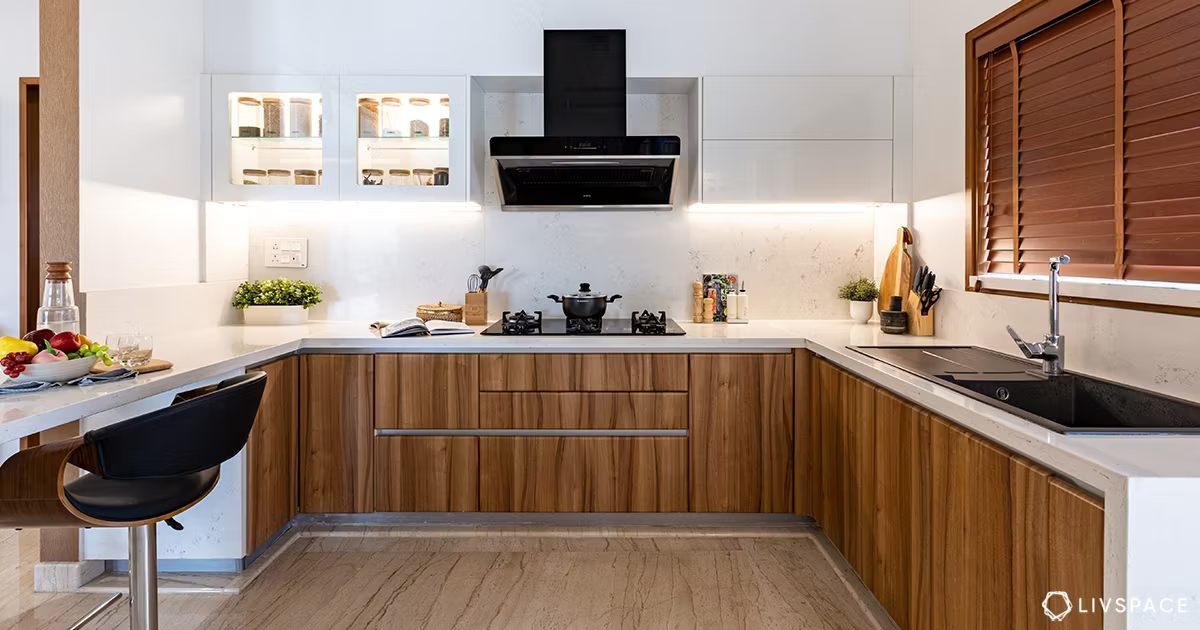Stainless steel door locks are known for their strength, durability, and resistance to corrosion, making them ideal for various applications. Here’s a brief overview of their key features and types:
Key Features
- Corrosion Resistance: Ideal for humid or coastal environments.
- Durability: Strong material that withstands wear and physical attacks.
- Aesthetic Appeal: Available in various finishes to match door designs.
- Security Ratings: Look for ANSI/BHMA ratings for reliable security levels.
- Weather Resistance: Designed to handle outdoor elements.
Types of Stainless Steel Door Locks
-
Deadbolts:
- Single Cylinder: Keyed outside, thumb turn inside.
- Double Cylinder: Keyed on both sides, enhancing security.
-
Knob Locks: Often used on interior doors; less secure than deadbolts.
-
Lever Locks: Common in commercial settings, easy to operate.
-
Smart Locks: High-tech options featuring keypads, Bluetooth, or biometric access.
1. Types of Deadbolts
-
Single Cylinder Deadbolt:
- Operation: Keyed on the outside and has a thumb turn on the inside.
- Use: Commonly used on entry doors; easy to operate but may not be suitable for doors with glass panels nearby, as the thumb turn can be accessed from outside.
-
Double Cylinder Deadbolt:
- Operation: Keyed on both the outside and inside.
- Use: Provides extra security, especially for doors with nearby glass, as it prevents unauthorized access through broken glass. However, it can pose a safety risk in emergencies since both sides require a key to unlock.
-
Vertical Deadbolt:
- Operation: Bolts slide vertically into the door frame.
- Use: Offers added security, often used in high-risk areas. It can be more complex to install.
-
Smart Deadbolt:
- Operation: Uses electronic mechanisms, can be controlled via smartphones, keypads, or biometric systems.
- Use: Allows for keyless entry and remote access, enhancing convenience and security.
Features
- Material: Typically made from steel or brass, providing strength and resistance to tampering.
- Security Ratings: Look for ANSI/BHMA grading (Grade 1 being the highest), which indicates resistance to forced entry.
- Installation: Most require a standard door preparation but may need professional installation for optimal security.
- Key Control: Some models offer key control systems, which prevent unauthorized duplication of keys.
Advantages
- Increased Security: Deadbolts provide a higher level of security than standard knob locks.
- Durability: They are designed to withstand physical attacks and harsh weather conditions.
- Versatility: Available in various styles and finishes to match different door aesthetics.
Maintenance
- Regular Checks: Ensure the lock functions smoothly; lubricate with a silicone-based lubricant as needed.
- Key Replacement: If keys are lost, consider rekeying or replacing the lock for security.
2. Types of Knob Locks
-
Single Cylinder Knob Lock:
- Operation: Keyed on the outside and has a thumb turn on the inside.
- Use: Commonly used for residential entry doors but less secure than deadbolts.
-
Double Cylinder Knob Lock:
- Operation: Keyed on both the outside and inside.
- Use: Offers enhanced security, especially on doors with glass nearby, but may pose safety risks in emergencies since it requires a key to unlock from the inside.
-
Keyless Knob Locks:
- Operation: Operated through keypads or smart technology without a physical key.
- Use: Convenient for homes and businesses, allowing for keyless entry.
Features
- Material: Commonly made from materials like brass, stainless steel, or zinc, providing varying levels of strength and durability.
- Security Ratings: Look for ANSI/BHMA ratings; higher grades indicate better resistance to tampering.
- Design Variations: Available in various styles and finishes to match different door designs.
Advantages
- Ease of Use: Simple to operate; turning the knob allows for quick access.
- Cost-Effective: Generally less expensive than deadbolts, making them a budget-friendly option for many applications.
- Versatile: Suitable for both interior and exterior doors.
Installation and Maintenance
- Installation: Can be installed by DIYers but may require precise measurements to ensure a proper fit.
- Maintenance: Regularly check for smooth operation and lubricate the mechanism as needed to prevent sticking.
| "Best Builders Floor Apartment in Chennai" |
3. Types of Lever Locks
-
Single Cylinder Lever Lock:
- Operation: Keyed on the outside with a lever handle on the inside.
- Use: Common for entry doors, allowing easy access from the inside without a key.
-
Double Cylinder Lever Lock:
- Operation: Keyed on both sides, requiring a key to unlock from either side.
- Use: Provides added security, especially for doors near glass, but can be a safety concern in emergencies.
-
Keyless Lever Lock:
- Operation: Uses keypads or electronic access, allowing keyless entry.
- Use: Ideal for homes and businesses seeking convenience and enhanced security.
Features
- Material: Typically made from durable materials like stainless steel or brass, offering good resistance to wear and tear.
- Security Ratings: Check for ANSI/BHMA ratings to determine the level of security; higher grades indicate better performance against forced entry.
- Accessibility: The lever design is easier to operate than knobs, making it accessible for people of all ages and abilities.
Advantages
- Ease of Use: The lever handle makes it simple to open, especially in high-traffic areas.
- Versatility: Suitable for a wide range of applications, including commercial buildings, offices, and residential homes.
- Aesthetic Options: Available in various styles and finishes to fit different door designs.
Installation and Maintenance
- Installation: Often straightforward, but professional installation is recommended for more complex systems, especially smart locks.
- Maintenance: Regularly check for smooth operation and lubricate the mechanism as needed to ensure longevity.
4.Types of Smart Locks
-
Keypad Locks:
- Operation: Users enter a code on a keypad to unlock the door.
- Features: Codes can often be changed or deleted, allowing for temporary access for guests.
-
Bluetooth and Wi-Fi Locks:
- Operation: Connect to smartphones via Bluetooth or Wi-Fi for remote access.
- Features: Allow users to lock/unlock doors from anywhere, monitor entry activity, and receive notifications.
-
Biometric Locks:
- Operation: Use fingerprint recognition or facial recognition for access.
- Features: Highly secure as they rely on unique biological traits for unlocking.
-
Smart Deadbolts:
- Operation: Traditional deadbolt design enhanced with smart technology.
- Features: Combines the security of a deadbolt with smart functionality, often allowing keyless entry and remote control.
Features
- Remote Access: Control your lock from anywhere, providing convenience and peace of mind.
- Temporary Access Codes: Grant access to guests or service providers without giving out permanent keys.
- Activity Logs: Monitor who enters and exits your home and when.
- Integration with Smart Home Systems: Many smart locks can integrate with other smart devices, allowing for automation (e.g., locking the door when you leave).
Advantages
- Convenience: Keyless entry eliminates the need for physical keys.
- Enhanced Security: Features like temporary codes and activity logs add layers of security.
- Integration: Works well with home automation systems, improving overall home management.
Disadvantages
- Power Dependency: Many smart locks rely on batteries or power; dead batteries can lock you out.
- Vulnerability to Hacking: Though secure, they can be susceptible to cyber attacks if not properly configured.
- Cost: Generally more expensive than traditional locks, both in initial purchase and potential installation.
Installation and Maintenance
- Installation: Some smart locks can be easily installed by homeowners, while others may require professional help, especially those that integrate with existing systems.
- Maintenance: Regularly check battery levels, update firmware for security, and ensure proper functioning.
Conclusion
Stainless steel door locks offer a reliable and stylish option for securing your property. When choosing a lock, consider your specific security needs, the type of door, and whether you prefer traditional or smart lock features. Regular maintenance will help ensure your lock continues to function effectively for years to come.
Also read: Interior Door Handle
https://www.livehomes.in/blogs













